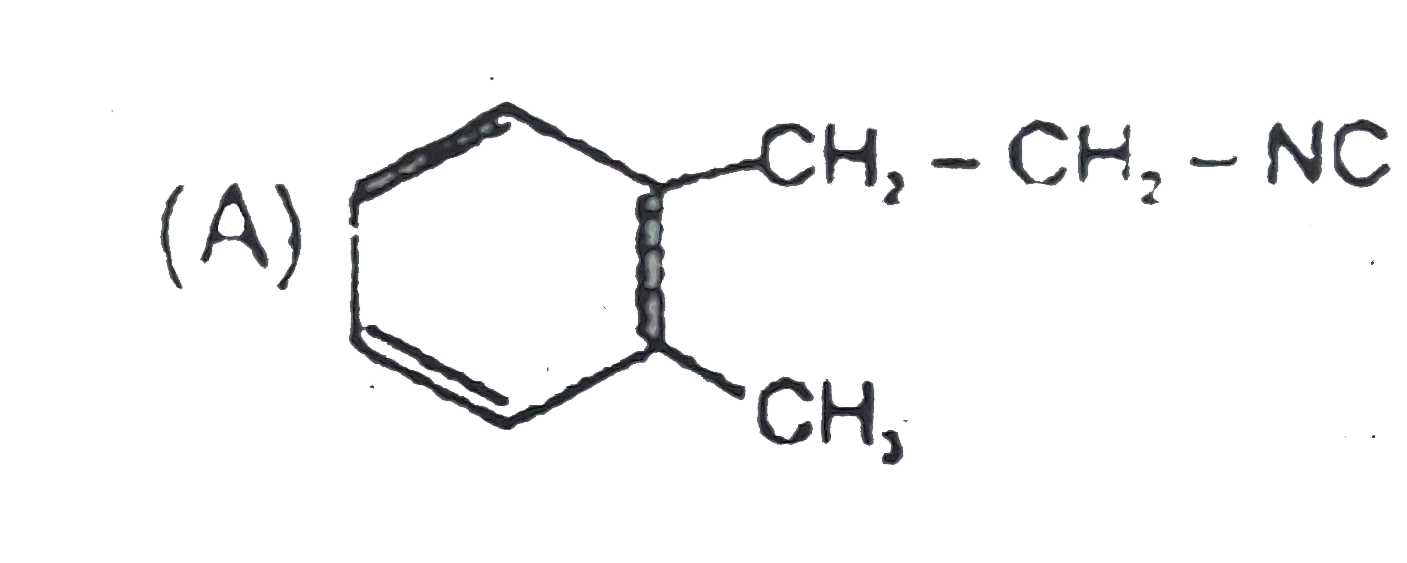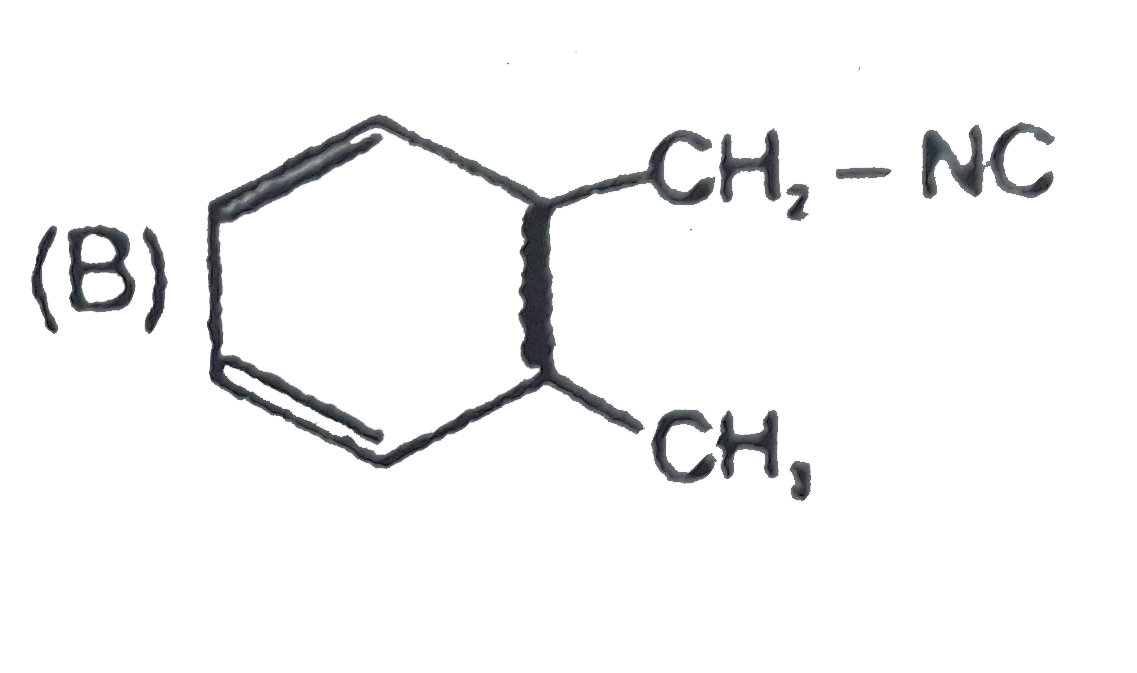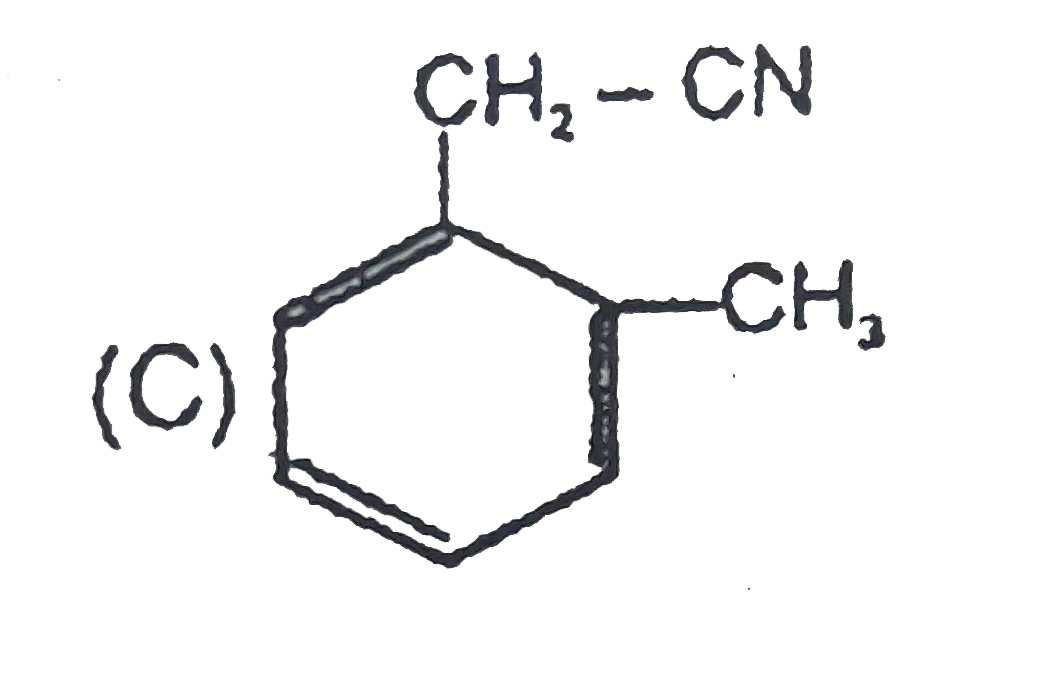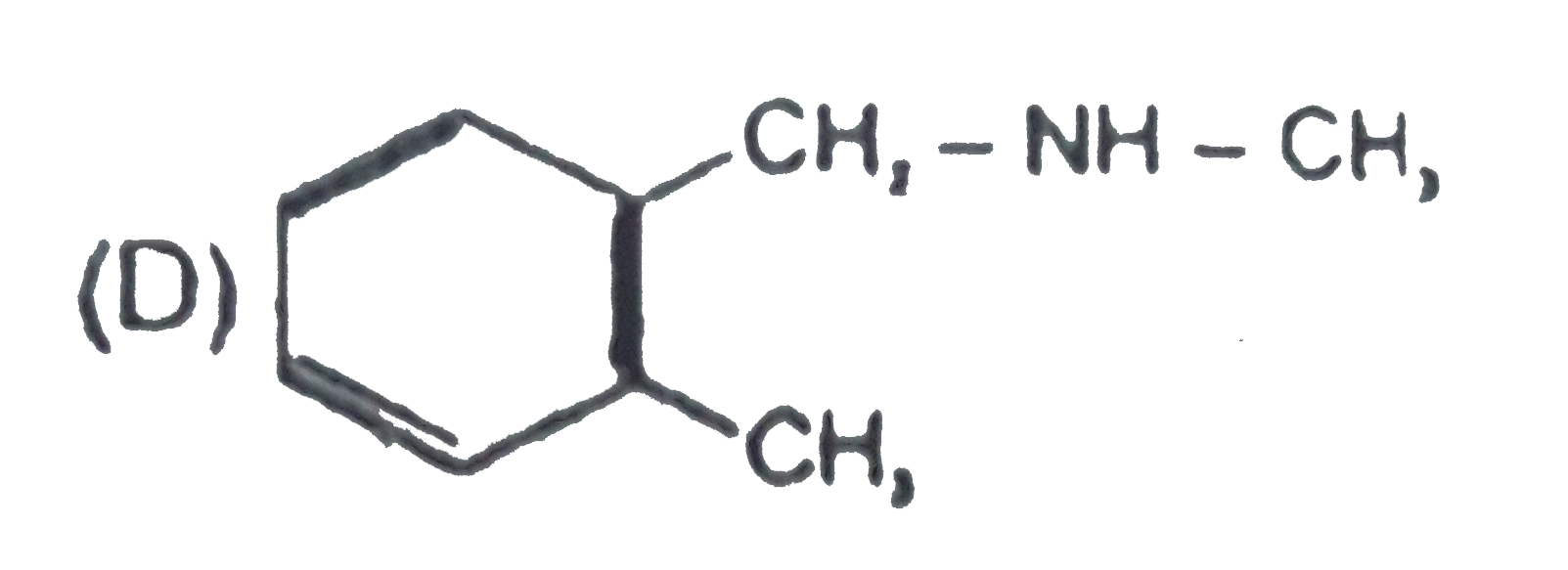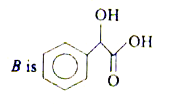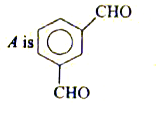A
B
C
D
Text Solution
AI Generated Solution
The correct Answer is:
|
Topper's Solved these Questions
QUALITATIVE ANALYSIS PART 1
RESONANCE ENGLISH|Exercise A.L.P|39 VideosView PlaylistSOLID STATE
RESONANCE ENGLISH|Exercise PHYSICAL CHEMITRY (SOLID STATE)|45 VideosView Playlist
Similar Questions
Explore conceptually related problems
Knowledge Check
Similar Questions
Explore conceptually related problems
RESONANCE ENGLISH-RANK BOOSTER-All Questions
- Which of the following will not be the product when S on reaction with...
05:39
|
Play - The compound C8H9Cl(A) on treatments with KCN followed by hydrolysis g...
08:32
|
Play - The compound C8H9Cl(A) on treatments with KCN followed by hydrolysis g...
05:56
|
Playing Now - The compound C8H9Cl(A) on treatments with KCN followed by hydrolysis g...
06:01
|
Play - Mole fraction of ethyl alcohol in aqueous ethyl alcohol (C2H5OH) solut...
01:45
|
Play - Hydration of 3-phenylbut-1-ene in dil H(2)So(4) will give mainly :
03:53
|
Play - The number of atoms in 0.3mole of Na are?
01:04
|
Play - The number of atoms in 0.7mole of Na are?
01:05
|
Play - The number of atoms in 0.8mole of Na are?
01:05
|
Play - Match the correct properties of compounds of column I with column II.
07:51
|
Play - The steps involved in the above reaction can be arranged can be arrang...
06:51
|
Play - How much amount of CaCO3 in gram having percentage purity 50 per cent ...
03:11
|
Play - Find the structure formula and molecular weight of 'P'.
04:29
|
Play - Indicates the most probable sites for ArSE reactions.
07:24
|
Play 06:27
|
Play- A gas cylinder was found unattended in a public place. The investigati...
02:13
|
Play - The only correct combination in which Azo dye is formed.
02:25
|
Play - The only correct combination in which isocyanide is formed
01:18
|
Play - Choose correct combination for x,y and z
06:10
|
Play - Choose correct combination for x,y and z
05:26
|
Play
